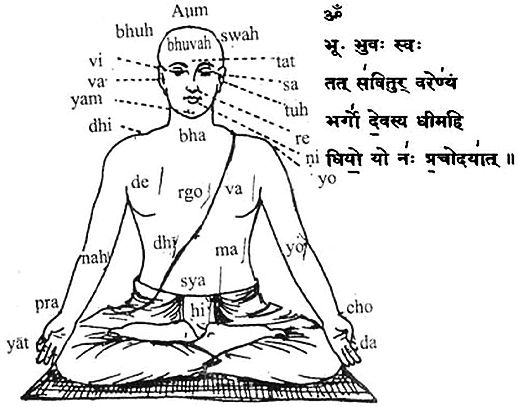
#LongThread #Thread #History
Kurma Devi defeated Qutb-ud-din Aibak
Samar Singh was killed in the 2nd Battle Of Tarain (1191-92 AD) fought between the forces of Prithiviraj Chauhan and Muhammad Ghori, who had returned to conquer India.
Both Samar Singh Deva and his eldest son,
Kurma Devi defeated Qutb-ud-din Aibak
Samar Singh was killed in the 2nd Battle Of Tarain (1191-92 AD) fought between the forces of Prithiviraj Chauhan and Muhammad Ghori, who had returned to conquer India.
Both Samar Singh Deva and his eldest son,

Kalyan Rai, died in the second battle of Tarain, and, when Prithabai received the news of her double loss, she immediately mounted the pyre to rejoin her husband. Kurma Devi would eventually follow her, but first she had unfinished business to tend to. She had to ensure that
her son Karna seamlessly succeeded his father and that his seat on the throne of Chittorgarh was secure.
By this time Muhammad Ghori had retreated to Multan having left Qutub-ud-din Aibak, his chief general, in charge of Delhi and Ajayameru (Ajmer). During this time Kurma Devi
By this time Muhammad Ghori had retreated to Multan having left Qutub-ud-din Aibak, his chief general, in charge of Delhi and Ajayameru (Ajmer). During this time Kurma Devi
consolidated her forces, forging new alliances with Rajput rulers of the neighbourhood. When his father Samar Singh died, Karna Singh was still a minor, around 12 years of age. The succession encountered no serious obstacles, and Kurma Devi became regent during the remaining
year of her son’s minority. Inspired by the example set by her own mother, young Kurma Devi was an able ruler and re-strengthened her forces following the loss suffered in the 2nd Battle of Tarain.
When the boy king Karna reached his 13th birthday , she led the army and marched
When the boy king Karna reached his 13th birthday , she led the army and marched
northward in search of the man who had killed her husband, in 1194 CE in the month of Asoj (Aswin) following Dassera, the traditional beginning of the warfare season. Nine rajas and eleven chiefs with the title of rawat with their men accompanied her on her march towards Delhi.
As per the battle described in Prithvi Raj Raso, young Kurma Devi and her forces encountered Qutb-ud-din and his army near the old Amber fort.
At the head of her army, leading the charge herself, just like her mother, brave Kurma Devi drove deep into the ranks of Qutub-ud-din’s
At the head of her army, leading the charge herself, just like her mother, brave Kurma Devi drove deep into the ranks of Qutub-ud-din’s
Army, deep enough for her to confront the general himself and to challenge him in a personal duel.
During the mounted duel, she managed to bury her sword deep into Qutb-ud-din’s flesh, wounding him so severely that he tumbled from the saddle.
Seeing their General fall, and his
During the mounted duel, she managed to bury her sword deep into Qutb-ud-din’s flesh, wounding him so severely that he tumbled from the saddle.
Seeing their General fall, and his

body being carried away from the fight and, consequently, believing him dead, the Muslim army went into a complete disarray and fled from the battlefield.
Having believed She had killed Qtub-ud-din, and seeing his army fleeing the battlefield, Kurma Devi regrouped her army and
Having believed She had killed Qtub-ud-din, and seeing his army fleeing the battlefield, Kurma Devi regrouped her army and
led it back south.
Returning to Chittorgarh, she mounted the pyre and, like Prithabai.
Source - Booksfacts
Returning to Chittorgarh, she mounted the pyre and, like Prithabai.
Source - Booksfacts
• • •
Missing some Tweet in this thread? You can try to
force a refresh









